The Google Stadia has been out for over a year now and made great strides since its turbulent beginnings. Indeed, the platform once heralded as the standard-bearer for an upcoming paradigm shift fell flat with many users who complained of severe input lag and a depressingly empty library so small it didn’t even have a search bar.
As we covered in our Stadia review, the cloud gaming platform has made amazing improvements and stands in a much, much better place than it did on launch. Though it’s available for free, the Stadia Base version comes with several caveats designed to encourage the 10 bucks a month Stadia Pro subscription.
But what exactly do you get with Stadia Pro? Is it enough to justify the price tag? And how much better is it than Stadia Base? Let us take a look at all that and more down below as we strive to answer the question:
What is Google Stadia? How Does the Stadia Work?
The Stadia is something like the Netflix of games. Sort of. In that it allows users to stream a game as they play it. This means no downloads, no updates, and — most importantly – absolutely maxed-out graphic settings that can be played on any machine that can run Chrome. Yes, that includes Chromebooks and Android devices.
As long as you have access to a Chrome browser and a high-speed internet connection with (ideally) unlimited bandwidth, you can basically play any game that’s on the Stadia on any device. It’s pretty wild; you could, technically speaking, play Cyberpunk 2077 on your phone. It might not be great but it’s Cyberpunk 2077. On your phone.
But that doesn’t mean you have to. You can play the Stadia on your PC and see a pretty amazing parity with a decked-out desktop. Now, it’s not exactly the same but it’s pretty dang close.
During our testing, we noticed a slight reduction in the overall resolution — a subtle lack of crispness to edges that were reminiscent of exactly what Stadia: a video feed, albeit an interactive one.
But we’re comparing the Stadia to absolute flat-out, maxed-out settings — settings that would cost thousands of dollars to buy a machine capable of running. Thus, being able to run at 95% of perfection is a hell of a lot higher than what many, many machines are capable of.
Remember, the Stadia gives you max settings on a potato. That said, even with a top-notch, super stable internet connection we did experience occasional frame drops and input lag during our playthrough on PC of Cyberpunk 2077.
But the Chromecast Ultra was a different story. Stadia, with a solid Internet connection, is as close to flawless as anyone can expect on the Google Chromecast Ultra. We’re talking absolute parity with highest-end last-gen consoles at least. Zero input lag, stellar graphics and buttery smooth gameplay on the halfway decent Stadia controller.
So, to summarize, Stadia works. If you’re wondering whether the Stadia, as a platform overall, can compete with PC and console in terms of performance, you can rest assured it absolutely can. If you’re willing to shell out for the Chromecast Ultra you can expect the full-blown console experience for a fraction of the price.
What is Google Stadia Pro?
Stadia Pro is a premium subscription service for $10 a month that provides a series of exclusive benefits unavailable to free Stadia users.
With everything from gameplay enhancements to discounts and freebies on offer with Pro, many potential customers question whether the numerous benefits are worth making the free service a paid one.
Down below, we’ll run you through exactly what Stadia Pro offers and help make a determination as to whether or not it’s worth forking over the cash.
Stadia Pro benefits: What do you get?
1. Improved Graphics

Only Pro users have access to the 4K resolution setting that has your Internet connection trembling with fear. Now it certainly gives a clean polish to the presentation of the Stadia but isn’t altogether necessary for a solid gaming experience for most players.
And while 720p is pretty low resolution compared to what you see on hardware-based platforms, 1080p looks sweet enough to give life and vibrance to a game with absolutely maxed-out settings.
Plus, part of Stadia’s appeal is its unique ability to play those settings on potato setups that don’t come with a 4K display anyway. So you’re not really missing out on anything without 4K.
2. 5.1 Surround Sound

Now, this may not seem like as big a deal as the jump up and graphics that Stadia Pro gives you, but when it comes to competitive gameplay, surround sound can make a world of a difference — just ask any PUBG or Fortnite player how big a deal being able to discern the direction of footsteps and gunfire is.
Stadia Base users have to make do with stereo sound on their games, leaving them in many cases with a minor disadvantage.
3. Free Games
Stadia Pro works kind of like the Xbox Live Gold and PS Now subscriptions, in that alongside your subscription fee comes the regular stream of claimable games that, once claimed, are in your library for as long as you maintain the subscription.
This is a big selling point because even though Stadia Base is free, the games are not. You have to buy the game just like any other game, and so it’s kind of a bummer to shell out for a game but not have the same surround sound that is a pretty basic component of gaming today.
4. Discounts

While both Stadia base, as well as Pro users, need to purchase the games they have to play, Pro users do get the benefit of steep discounts on many titles. This is on top of the titles that they can claim completely for free.
Some of these discounts can actually pay for 1 to 2 months of Pro, more than making its subscription worth it in itself if you plan on purchasing games somewhat frequently.
Stadia Pro Drawbacks: Are There Any Downsides?
No service is perfect, right? Here’s what we think what Stadia Pro may not be good against the good old offline gaming.
1. Online gaming chews up bandwidth

While we give the Stadia a positive review overall (and a glowing one for the Chromecast Ultra) it isn’t without its own hiccups. The performance may have massively caught up to hardware-based platforms, but it does have some beastly requirements for your internet connection.
At the lowest quality of 720P is a pretty manageable 4.5 GB per hour, while the recommended 1080P bumps it up to 12.5 GB for every hour of game time. Stadia Pro users running on 4K, however, are straight burning through the 20 GB of data every hour.
Let’s say you’re a moderate to serious gamer who’s putting in about 15 hours a week on their favorite games (and we know marathon gaming sessions can raise that weekly total up by a heck of a lot more) that alone is 1200 GB per month for 4K. It’s much, much lower at 720 and 1080 of course.
2. No Mod Support

This next thing is kind of a bummer, especially for Cyberpunk 2077 and Elder Scrolls Online players: the Stadia has a complete lack of mod support.
Well, there’s been intermittent, under-the-breath mumblings about some sort of viable mod support in the future, there is no way to get around the fact that you don’t have the game files on your machine.
The game you buy the right to sits on a Google server just like the one processing your gameplay at the nearest data center.
This means that there’s no way to download and implement a mod and so, for all the virtues that come with Google Stadia and all the doors it opens, know that you will be stuck with the vanilla flavor of whatever you’re playing for the foreseeable future.
Verdict: Is Stadia Pro worth the price?
Is Stadia Pro worth the money? Well, in short, yes. Largely because of the aforementioned fact that a single purchase of a Pro any discounted game can justify 1 to 2 months of the service and the fact that it comes with numerous free games that you can claim and keep for free pretty much justifies a $10 a month price tag.
But the real question is whether or not you need a Stadia. If you’re a gamer with an existing hardware setup, be it a decent last or current-gen console or a gaming PC, there’s really not much in it for you when it comes to the Stadia. While a viable competitor on the Chromecast Ultra with a decent Internet connection, it doesn’t outclass strong hardware just yet.
But, if you’re someone who has been locked out of mainstream titles either by a dearth of viable hardware, or you’re a Mac or Linux user without a console, then the Stadia is a long-awaited breath of fresh air and savior to your gaming woes — provided you have an adequate Internet connection. And if you do get a Stadia, you should absolutely consider opting for the Pro subscription.
What are your thoughts on Stadia, Stadia Pro, and cloud gaming in general?


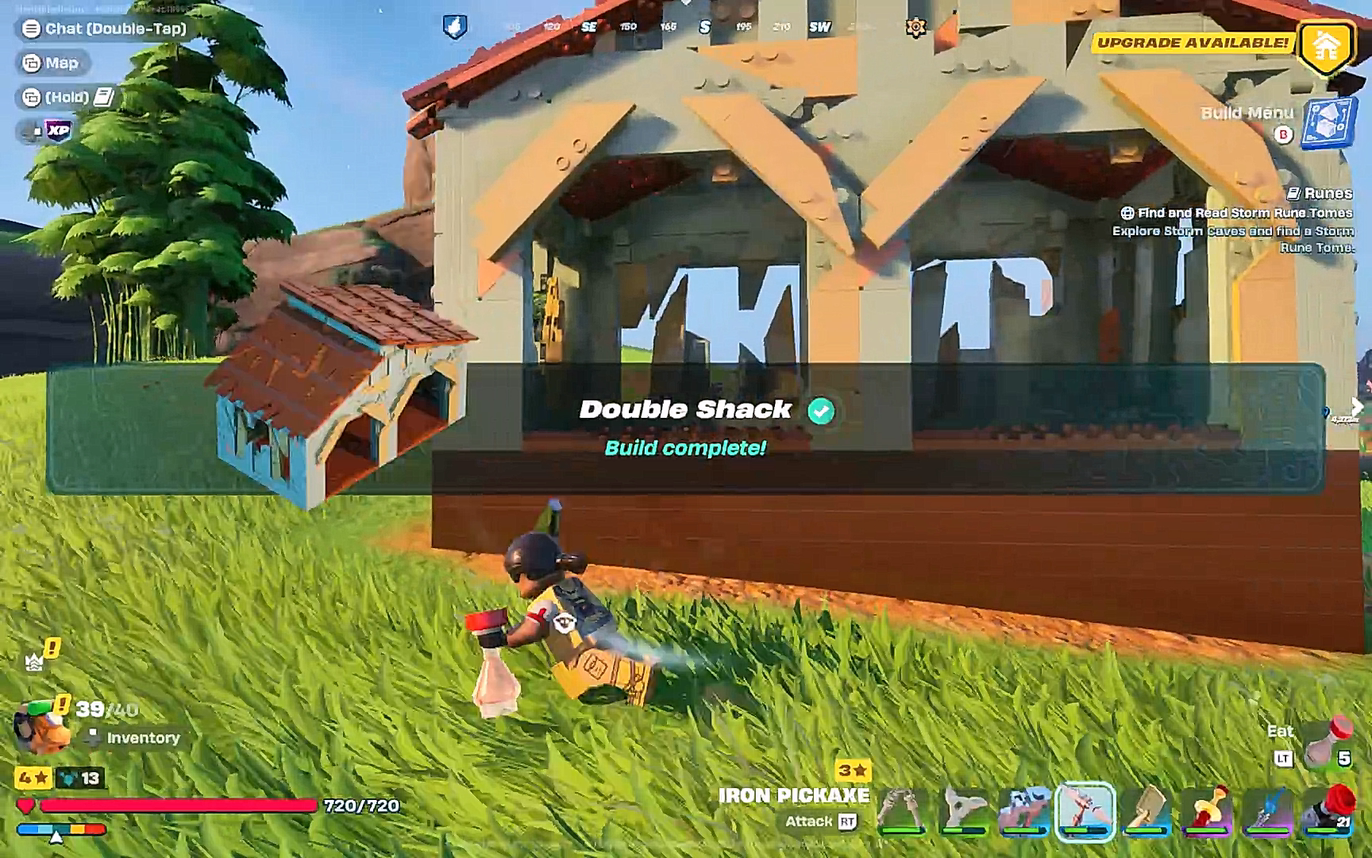


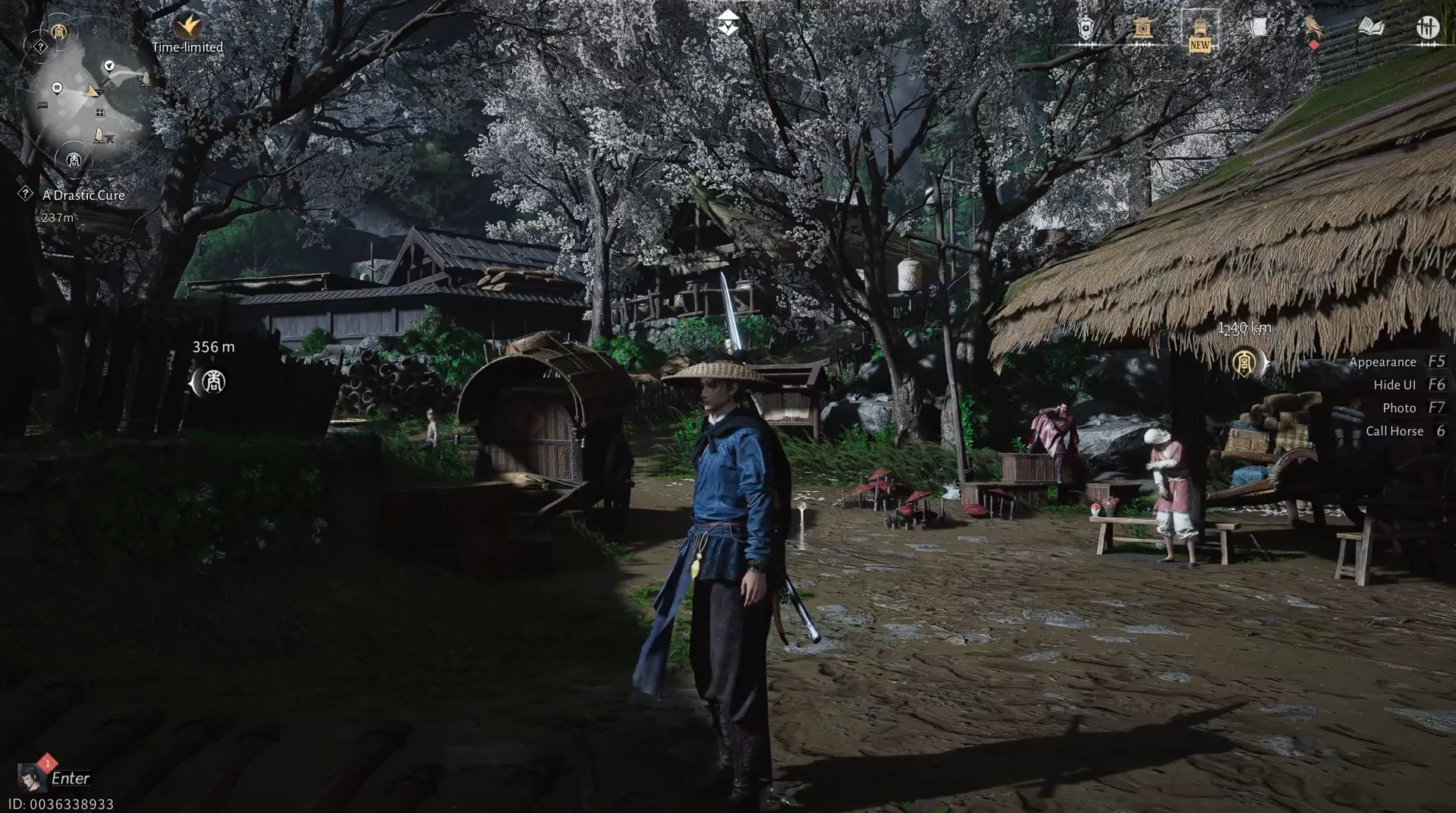


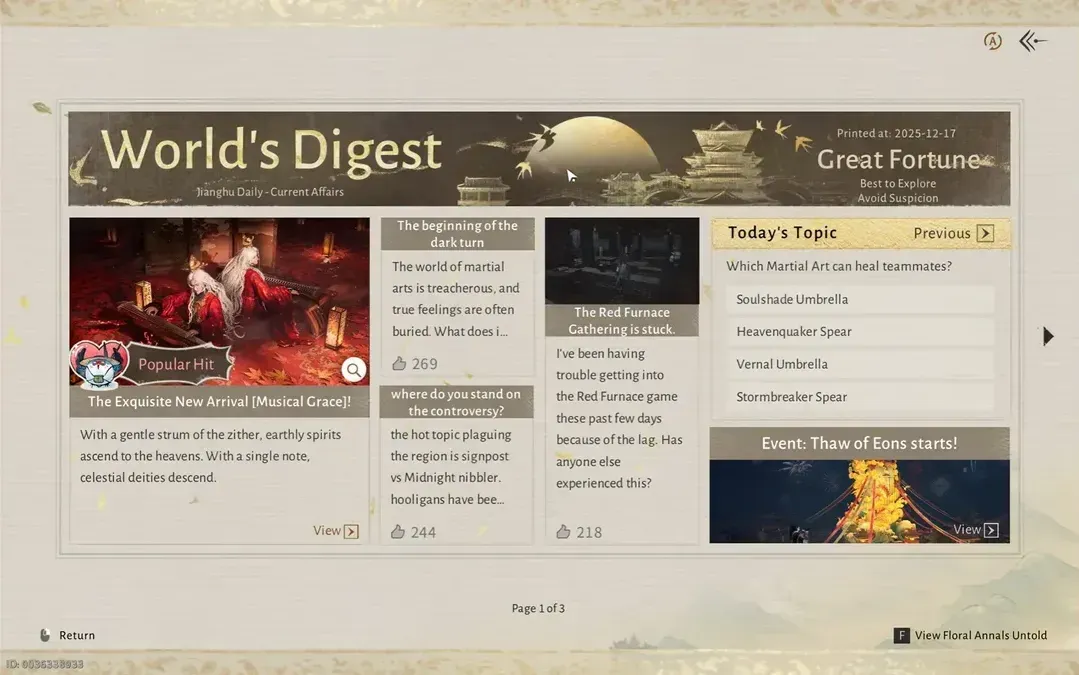
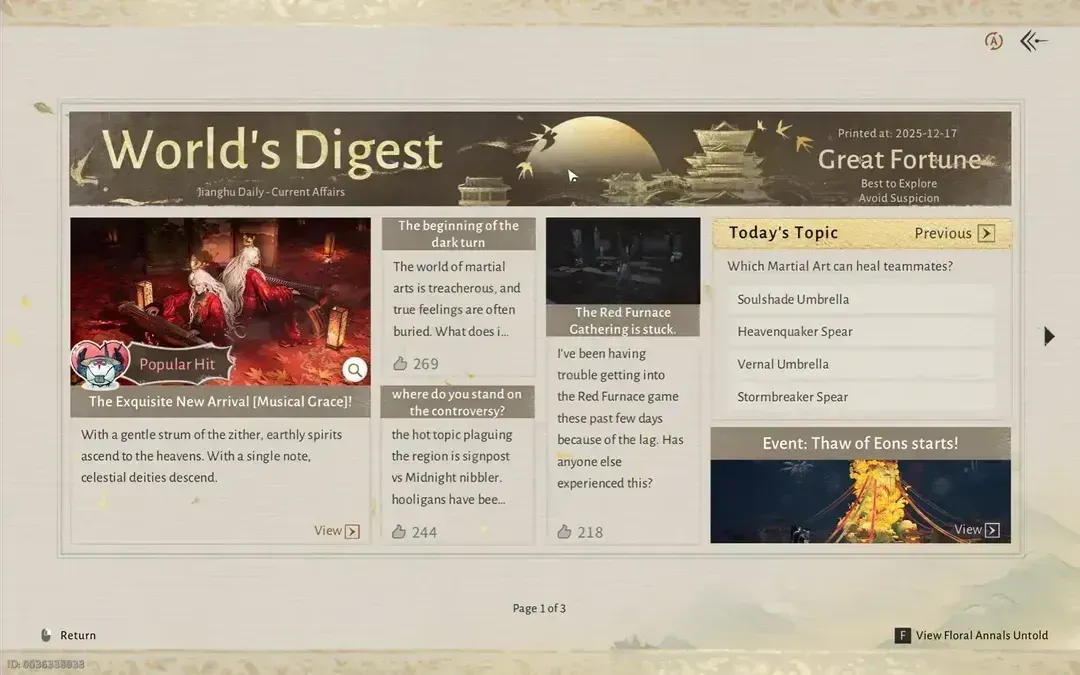
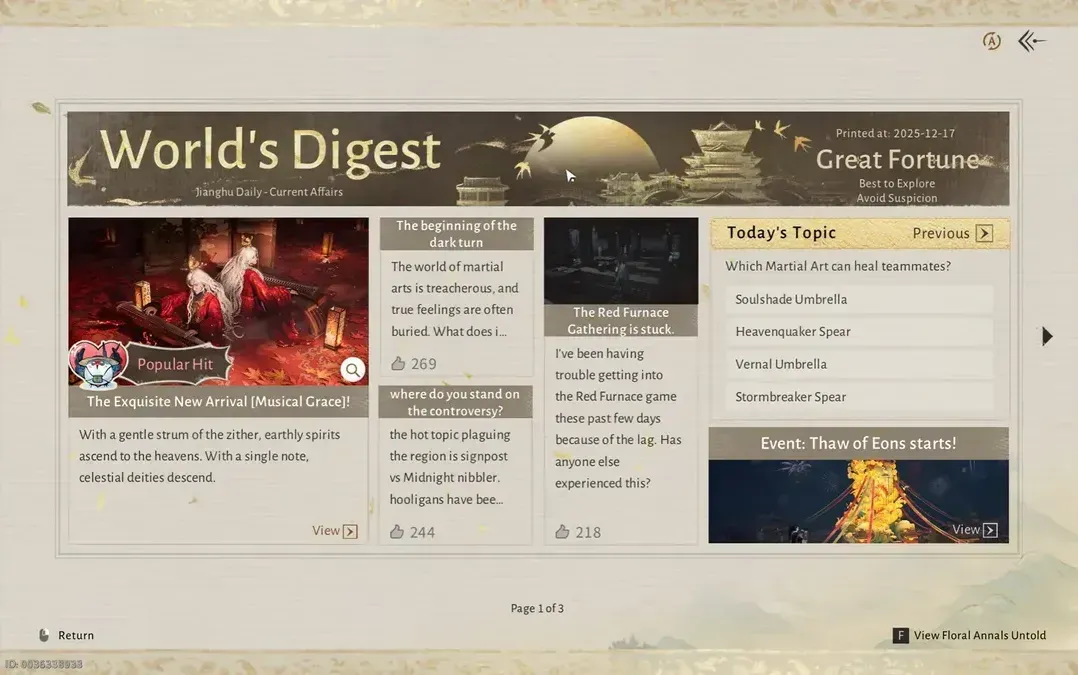
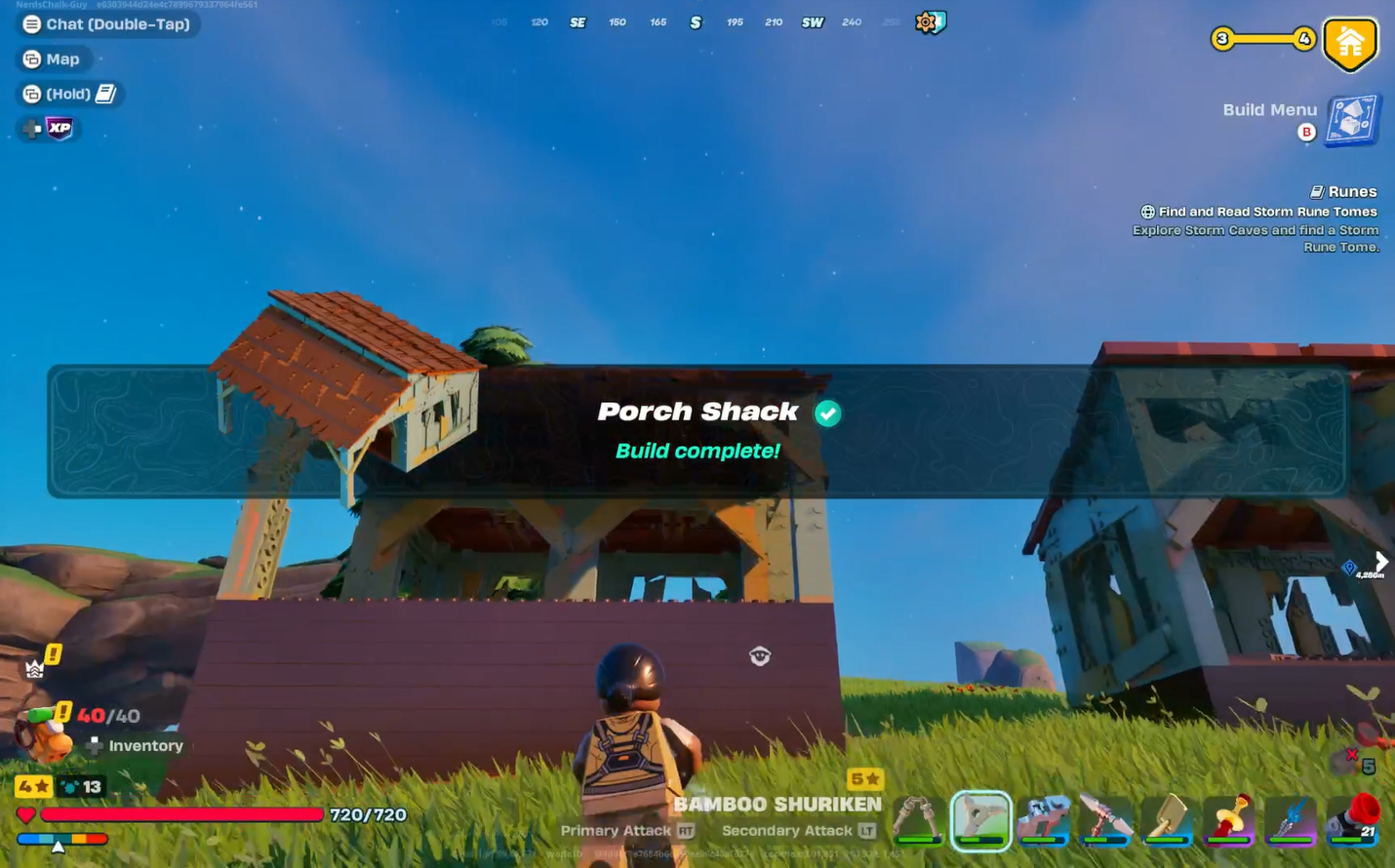

Discussion